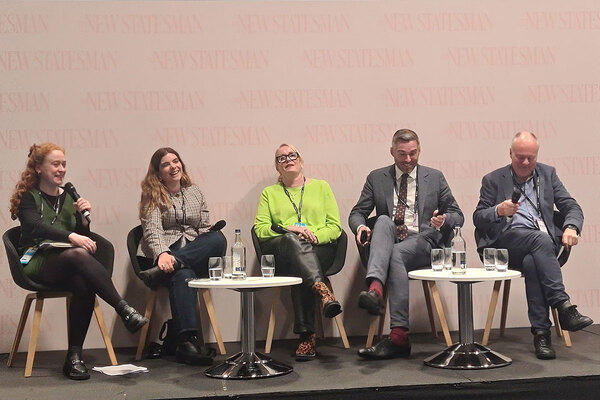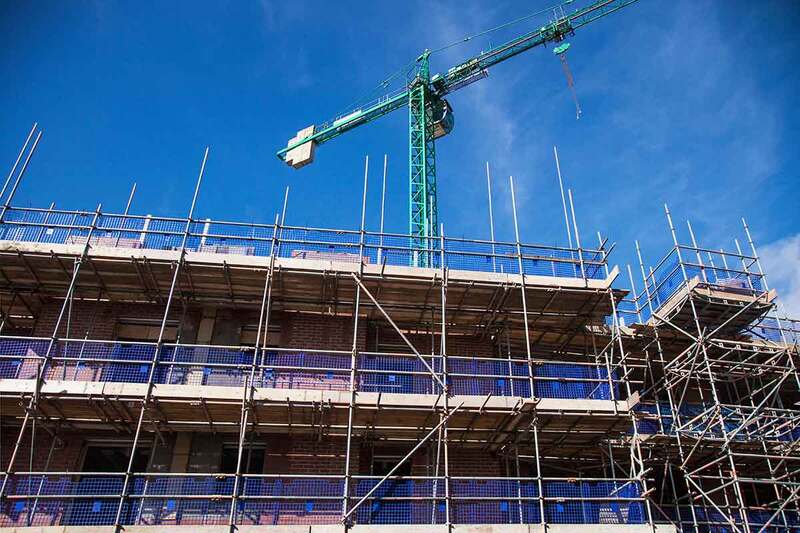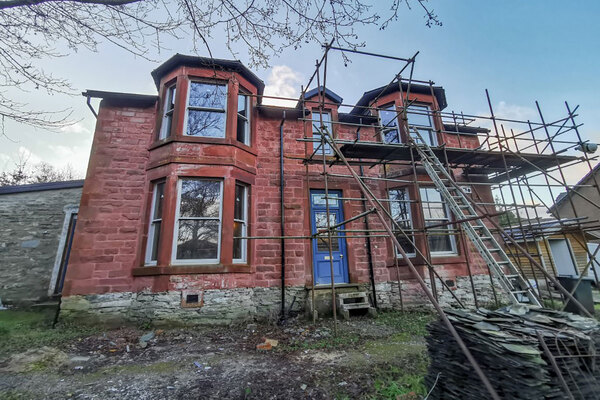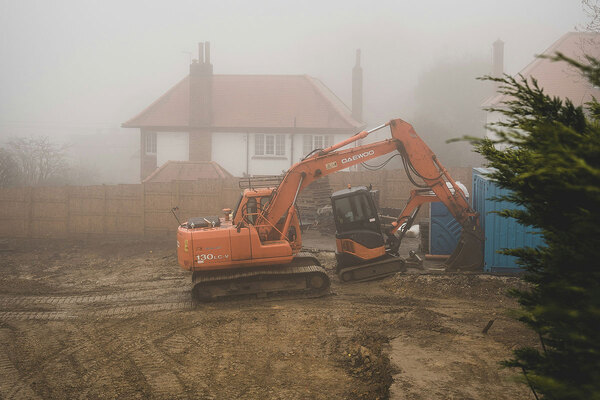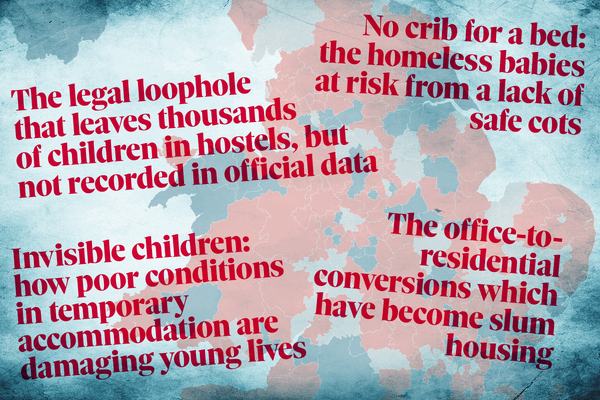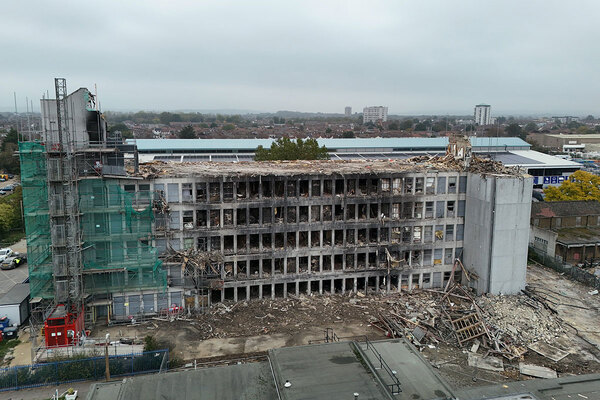You are viewing 1 of your 1 free articles
Labour on course to miss housing target by up to 475,000 homes without more grant
Labour is on course to miss its housebuilding target by up to 475,000 homes without more grant funding for social housing, according to a new report.
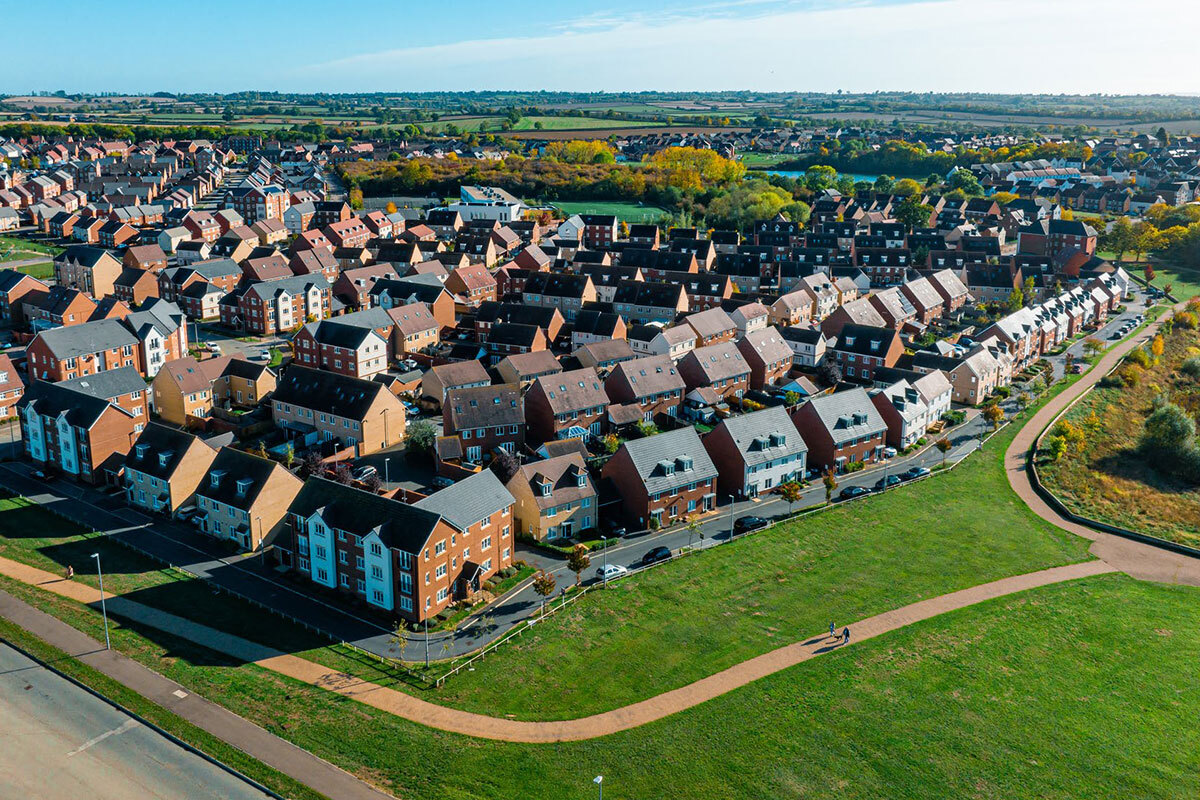
Research by Savills, the National Housing Federation (NHF) and the Home Builders Federation warned that “business as usual” would not be enough to deliver the government’s target of 1.5 million new homes in five years.
Without a “large increase” in grant funding for affordable housing, the report said, England would see a “demand gap” of up to 95,000 homes per year.
This is because private homes are built to meet “demand”, ie at the rate homes can be sold to make a profit, while affordable and social homes meet underlying housing need, meaning they can be “absorbed much more quickly” by local housing markets.
According to Savills, “a big increase in demand support will be necessary” to reach Labour’s target, which must be accomplished by “real change to the mix of homes coming forward”.
The government’s ambitions appear to rely on making 200,000 new home sales to individual buyers per year, but private housebuilding has not reached this level at all since the 1960s.
Demand for new homes could be boosted either by “a more targeted version” of Help to Buy, the equity loan given to first-time buyers by the previous government, or by a large increase in grant funding for affordable housing.
Pumping more money into affordable housebuilding would “quickly increase demand for new homes” from housing associations and registered providers, provide homes for people on social housing waiting lists and give the government “more influence over tenure mix, prioritising social rent”.
The report added that more grant funding must come alongside “increased land supply” through reforms to the planning system, and resolving the “wider financial challenges” of housing associations.
Savills also noted that the new government is working from an “unenviable starting position” on housebuilding. It forecasts a drop in the number of new homes to 165,000 in 2024-25, down from an average of 210,000 over the previous five years.
Grant-funded affordable housing is “the only form of delivery that does not rely on open market demand for new homes”, the researchers said. Inflation has reduced the number of homes the current Affordable Homes Programme (AHP) can deliver.
The next AHP, which is due to run from 2026, can either keep funding levels the same and deliver fewer homes, or increase grant to maintain delivery number, it said.
Last month, Inside Housing reported that the government’s next five-year AHP is not expected to be announced until spring 2025 after the government’s Spring Spending Review, which sets department spending for the next three years.
Section 106 affordable housing is also a significant part of overall housing supply, but it is “inextricably linked to market delivery”, and emerging policies on land value capture will take time to have an impact, Savills said.
If the market did manage to deliver 255,000 homes a year, this would imply around 37,000 Section 106 homes per year, although many housing associations are reducing their requirements for these homes because of restricted financial capacity.
Build-to-rent homes, meanwhile, are “unlikely to exceed a broad average” of 15,000 new homes a year across England, with starts falling sharply this year.
According to the latest government data, housing starts in England have fallen 56% year-on-year from 111,050 in the first half of 2023 to 49,180 in 2024. This included a 59% fall in starts by housing associations.
Andy Hulme, chief executive of The Hyde Group, said that the new government “has a mountain to climb if we are to deliver 1.5 million new homes in five years”.
He welcomed that a long-term settlement for social housing rents is reportedly on the cards at the Budget but said that “we need more ambitious, long-term government investment programmes” to help attract more private sector investment and deliver “a much-needed increase in social and affordable housing in England”.
A Ministry for Housing, Communities and Local Government spokesperson said: “We are getting Britain building again and will deliver 1.5 million homes over the parliament, including the biggest increase in social and affordable housing in a generation.
“Work is already underway to reform the broken planning system, including new mandatory housing targets for councils, while we will give first-time buyers the first chance to buy new homes and introduce a mortgage guarantee scheme to support those who struggle to save for a large deposit.”
This target warning came as the NHF set out its asks for the government ahead of the Budget and next Spending Review, including a new long-term AHP for social rent and shared ownership.
Sign up for our development and finance newsletter
Already have an account? Click here to manage your newsletters

